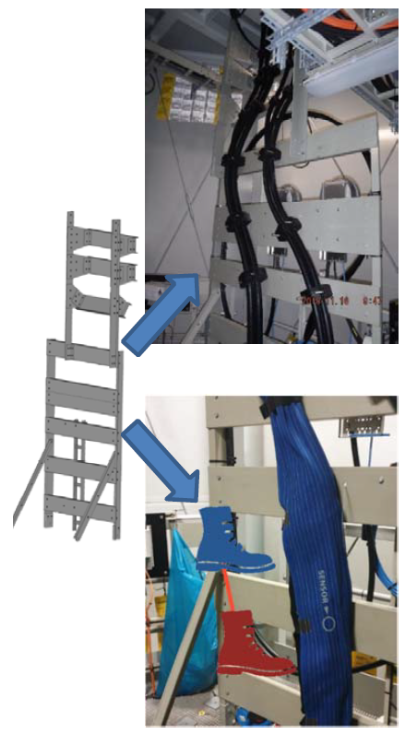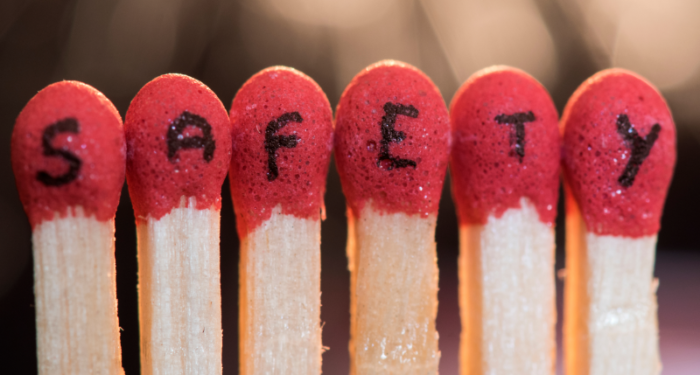In its 2019 safety flash, IMCA focuses on an ankle injury a crewmember suffered while conducting work inside a transition piece, the lower part of an offshore wind turbine tower. Although the crewman was slightly injured, he wasn’t able to continue its normal duties for three days.
The incident, as mentioned above, took place inside the lower part of an offshore wind turbine power, where the worker was conducting its work. Prior to the injury, the worker climbed a cable rack to loosen cable cleats and apply a heat blanket. While finishing his duty, he was climbing off the cable rack, when he slipped off and twisted his ankle; This resulted to the man loosing balance and falling on the floor.
After falling down, he managed to walk back to the vessel over the walk-to-work gangway on his own. Despite the fact that there was no fracture, he sprained his ankle which resulted to not being able to continue his work for three days.

Concerning accidents from slipping, in late 2018, ABS along with the American Club and Lamar University launched an initiative focusing on reducing maritime safety incidents, such as slips, trips and falls. According to the ABS Mariner Safety Research Initiative, the reasons that are causing slips, trips, and falls are situational awareness (40%) and poor housekeeping (29%).
Regarding the crewman, IMCA highlights that the causes that led to the injury were:
- The cable rack was not designed to be climbed on; the spacing between rungs varies and does not follow the standard for fixed ladders;
- Access to the work location on top of the cable rack was not addressed in the risk assessment and the related procedure;
- Inadequate mitigations implemented; the narrow workspace in the transition piece does not allow the use of stepladders and work platforms.
In light of the incident, IMCA proceeded to lessons learned, for a future-avoidance of this kind of injuries.
Firstly, IMCA recommends to Identify hazards at design stage to make sure that safe access can be accomplished.
Secondly, prior to work, a safe access should be established. In the possibility that this is not achievable, then IMCA notes to STOP the job and report the matter to the Supervisor.
Last but not least, ladders and platforms – safe and appropriate to the conditions should be used and working at height processes should be followed.
Keeping in mind the importance of identifying the hazards and implement the appropriate safety measures in order to avoid potential accidents, IMCA, in early 2019, focuses on the accident of an AB man who jumped from the ship to the quayside to receive the mooring ropes, but in his attempt, he slipped over the bulwark and fell over the side into the sea from a height of 1.75m.
































































